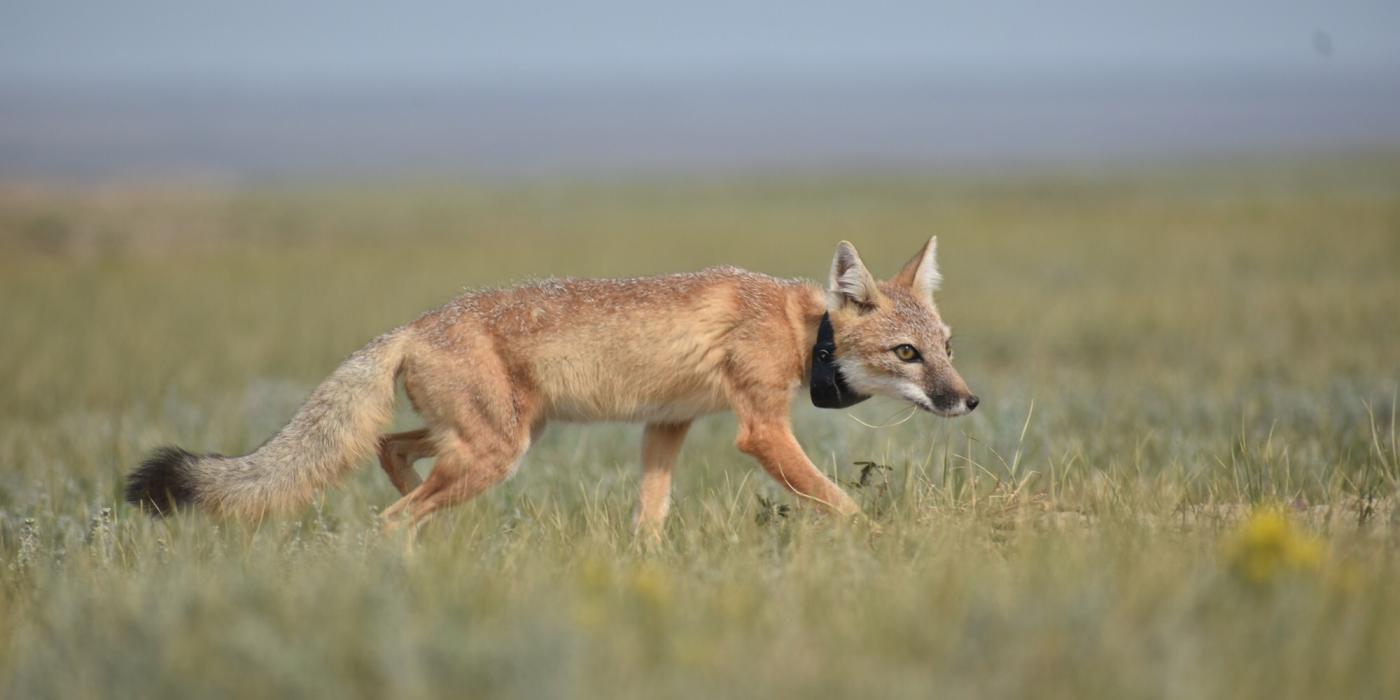Working With Communities to Return Swift Fox to the Prairie
Smithsonian’s Great Plains Science Program has partnered with Aaniiih and Nakoda Tribes of Fort Belknap Indian Community in northern Montana, in an effort to reintroduce the Nóouhàh-Toka’na, or swift fox.
Conservation efforts have brought swift foxes back to 40% of their original range, but a 186-mile (300 kilometer) gap across their range in Montana threatens their survival.
Using science to ensure the swift fox returns successfully
Our goal is to bridge the divide between the northern and southern swift fox populations, which is intened to help foster a more genetically diverse and resilient population across the entire range.
Our team, along with the Aaniiih and Nakoda Tribes, are engaged in a multi-year effort to translocate foxes from sites in Wyoming and Colorado to the Fort Belknap Reservation in Montana.
In addition to promoting biodiversity throughout the region, this project also provides educational opportunities for the next generation of conservationists through collaborative programs with Aaniiih Nakoda College.
How we move foxes across the Plains
Our translocation efforts began in 2020 and are continuing through 2024. Over the course of this project, our research team is relocating approximately 150 swift foxes for release at Fort Belknap.
Each fox is fitted with a GPS collar for monitoring, allowing researchers to track their movements and survival for up to a year.
Using technology to monitor swift foxes after the move
After moving the foxes, our team conducts research on several factors that influence the success of our relocation efforts:
- We consider the foxes’ travel distances from release sites, their home range sizes, and resource preferences, which we compare with data from source populations, prior reintroduction attempts, and habitat models.
- We use remote cameras to to estimate the local swift fox density and monitor the foxes’ reproductive patterns.
- We collect DNA samples from swift fox scat for identification and lineage tracing.














